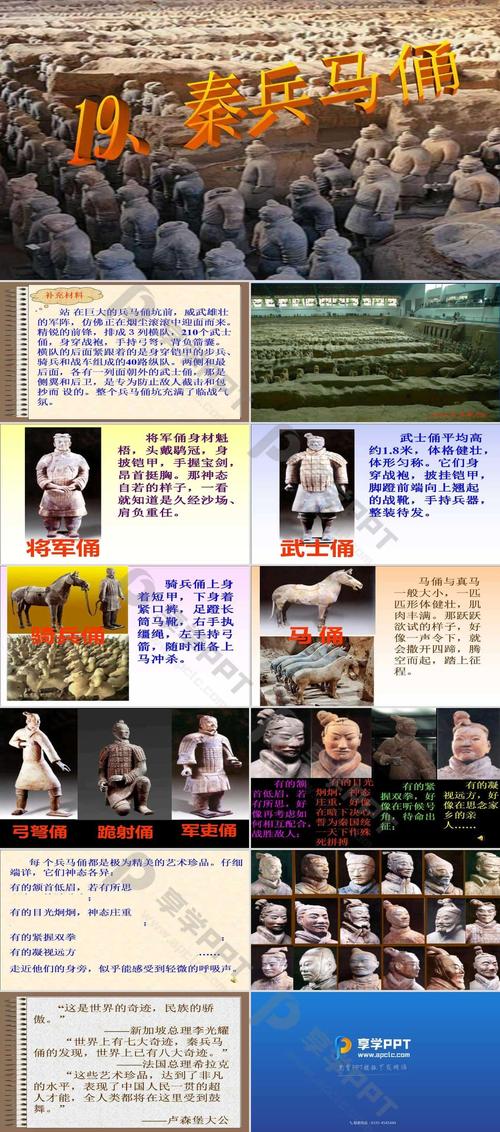
Why Was Terracotta Used for the Terracotta Army?
The Terracotta Army is one of the most impressive archaeological discoveries of all time. But have you ever wondered why terracotta was used to create this army of thousands?
Durability and Availability: A Winning Combination
The choice of terracotta, a type of earthenware clay, boils down to two main factors:
-
Durability: Terracotta, once fired in a kiln, becomes incredibly hard and resistant to the elements. This durability was essential for creating an army meant to last for eternity in the afterlife of Qin Shi Huang, the first emperor of China. Unlike wood that rots or metals that corrode, terracotta could withstand the test of time, preserving the sculptures' details for centuries.
-
Easy Availability: The region around Xian, where the Terracotta Army was buried, was rich in terracotta clay. This readily available resource meant that artisans could obtain large quantities of the material without excessive cost or transportation issues. Imagine trying to make thousands of life-size figures out of a scarce material – it would have been a logistical nightmare!
More Than Just "Baked Earth"
While the word "terracotta" comes from the Italian words for "baked earth," the process of creating these warriors was far more complex than simply shaping and baking clay.
-
Firing Process: Achieving the right level of firing was crucial. Too low a temperature, and the figures would be brittle; too high, and they would melt or distort. The artisans mastered the kiln firing process, ensuring each sculpture hardened to the ideal strength and longevity.
-
Detailed Artistry: Each warrior was meticulously crafted with unique facial features, hairstyles, armor, and weaponry, showcasing the incredible skill of the artisans. This attention to detail elevated the figures beyond simple clay statues into unique works of art.
Terracotta: A Practical Choice with Lasting Impact
The decision to use terracotta for the Terracotta Army was a strategic one. Its durability ensured the longevity of the emperor's afterlife guardians, while its local abundance made the massive project logistically feasible. This practicality, combined with the artistry of the creators, resulted in a masterpiece of ancient craftsmanship that continues to captivate the world today.
FAQs
1. Why hasn't the color on the Terracotta Army survived?
Originally, the warriors were painted in vibrant colors, but the pigments used were organic and prone to fading and flaking after being buried for centuries. Exposure to air during excavation also contributed to color loss.
2. Were all the warriors identical?
No, each warrior was unique. Artisans created a variety of facial features, expressions, hairstyles, and uniforms, reflecting the diverse ranks and roles within the emperor's army.
3. How tall are the Terracotta Warriors?
The height of the warriors varies depending on their rank and role. On average, they stand between 5'11" and 6'1" (1.8 and 1.85 meters) tall, with officers generally taller than foot soldiers.